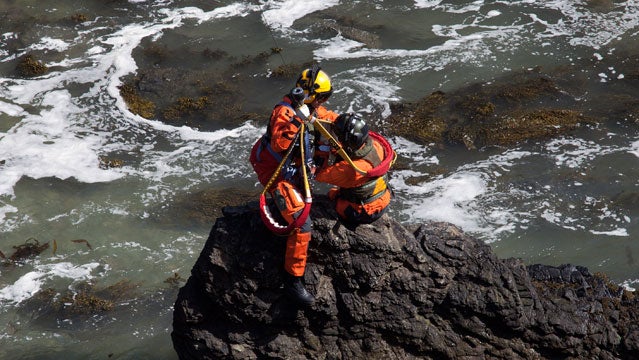The collective rage of the internet is routinely aimed at outdoorsfolk who wind up needing a rescue, and there have been more and more calls for adventurers to pay their own costs. (Never mind that taxpayers eat the costs of other risky behaviors, like reckless or drunk driving.) A lot of people seem to think that those of us who venture beyond the reach of a 911 call and a nearby ambulance should pay up, rather than asking the government to foot the bill. Rescue insurance offers a possible middle path.
When I rafted the Nahanni, northern Canada’s most famous paddling river, last summer, I spent $45 on an insurance policy that would cover a helicopter medevac and associated costs if need be. (It also covered the “repatriation” of my remains, if it came down to it.) I knew that for a young, healthy traveler on a guided rafting trip, a medevac was an extremely unlikely possibility, but I was comforted knowing that if the worst happened, I wouldn’t have to worry about how much fuel the SAR heli was burning en route to the nearest hospital, hundreds of miles away.
On principle, I think hikers have the same right to society’s assistance when they’re in distress as anybody else. But in reality, SAR budgets are stretched thin, and so far at least, rescue insurance remains affordable and accessible. One easy way to start is by joining the , which offers all members $10,000 in rescue insurance for no extra cost.


